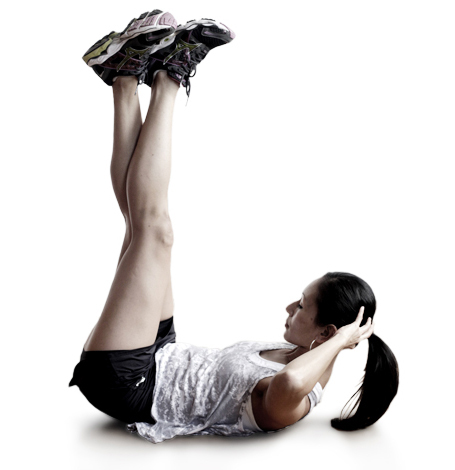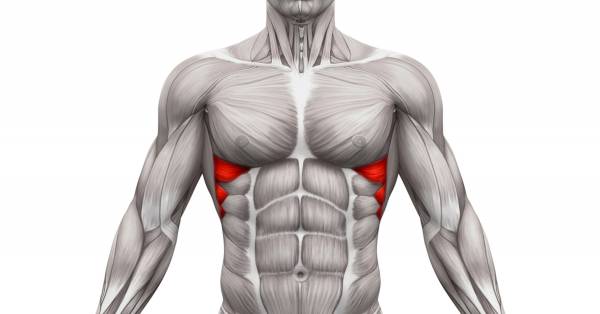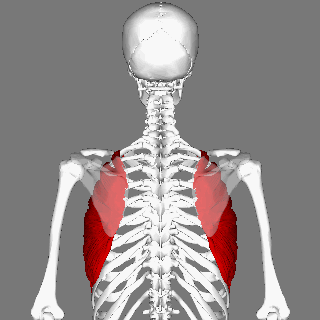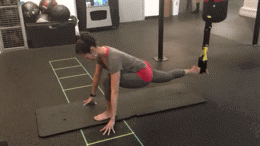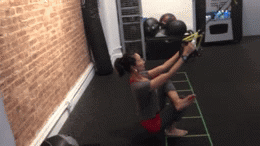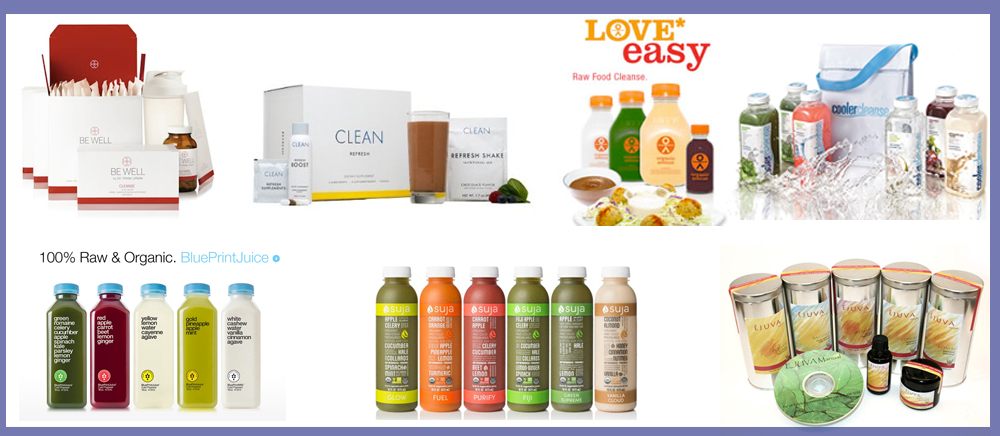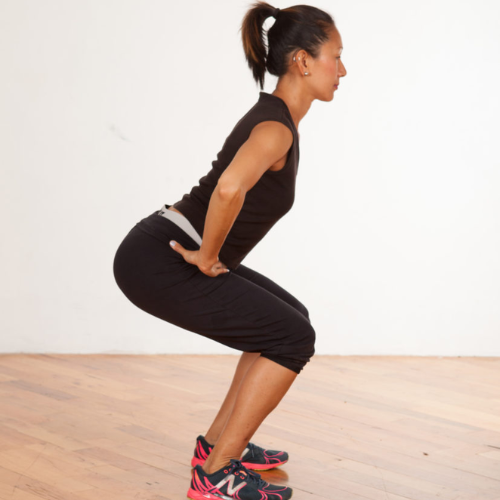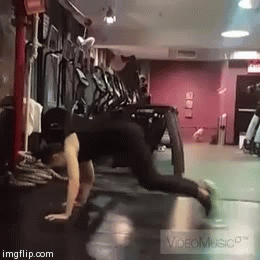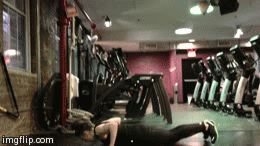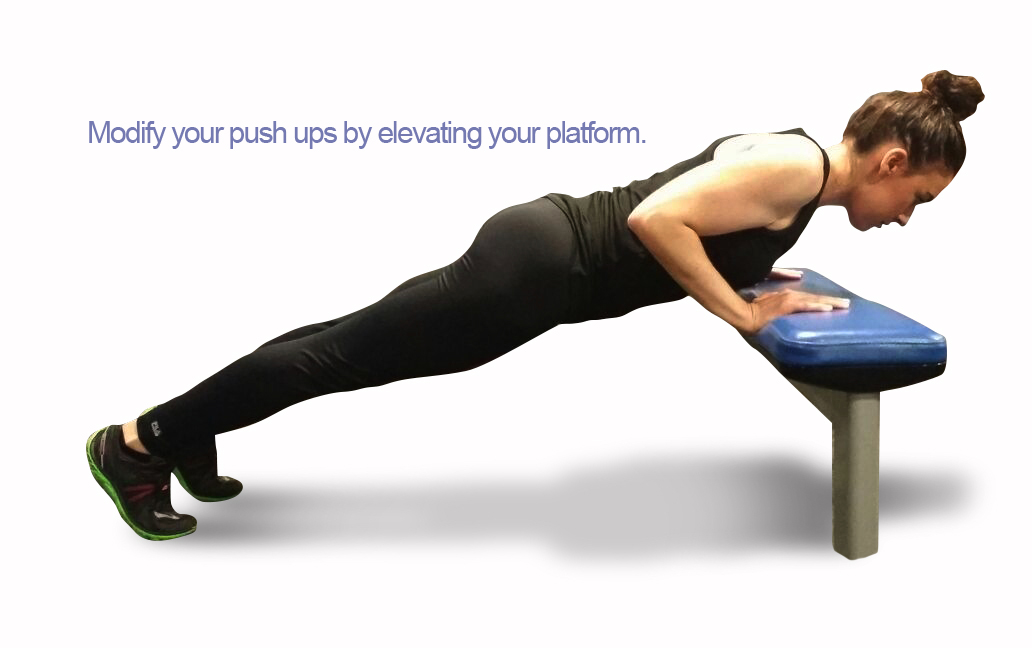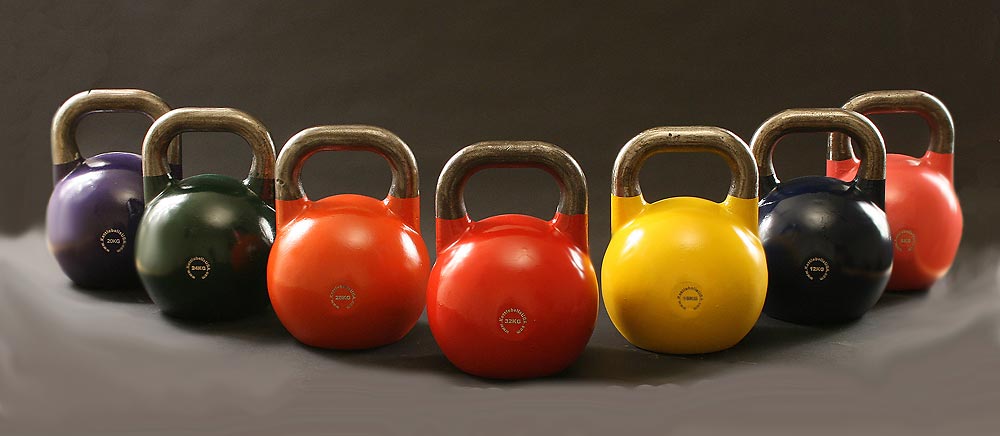Since my last blog post on the “secret core muscle” and why it’s so important in our workouts, I’ve been obsessed with teaching my students how to target and strengthen the serratus anterior muscles. I want them to understand and feel the recruitment of these muscles and how they help increase upper body strength and develop a stronger, more efficient core.
Here are the exercises and tips that I’ve been teaching to strengthen and tap into the power of the Serratus Anterior.
SERRATUS PUSH UPS
I heart this exercise and love to challenge my yoga students by adding them to the sequencing. Not only does it help with deep breathing but it creates a drawing in effect that will instantaneously make you feel lighter.
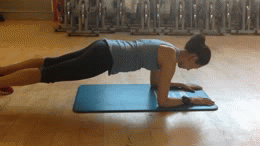
Targeting Tips:
#1 Stack shoulders directly above the elbows and keep body weight forward.
#2 Initiate the movement from the shoulder blades to isolate the upper body only.
#3 Press the forearms into the mat to round the upper back as much as possible.
#4 Avoid lifting or dropping the hips. Engaging the abdominals, glutes and legs will help.
CABLE CHEST PRESS
The primary muscles worked are the pectorals (chest) and secondary muscles are triceps and shoulders. Simply adding scapula protraction and retraction is a great way to get the serratus anterior to engage making this upper body exercise a core workout, too.

Targeting Tips:
#1 Step one foot forward and engage the abdominals to maintain a forward lean.
#2 Begin to extend the arms ending in protraction (rounding) of the shoulders. Squeeze the shoulder blades together when releasing the arms to stretch the chest.
#3 Refrain from moving the hips. Keep movement in the upper body only.
#4 Exhale and round the upper back to fully engage the serratus and abdominals.
KNEELING CABLE CRUNCH
This effective exercise recruits the help of several muscles. Your entire upper body and hips help to stabilize and support the movement while the rectus abdominis and serratus are the target and synergistic muscles.
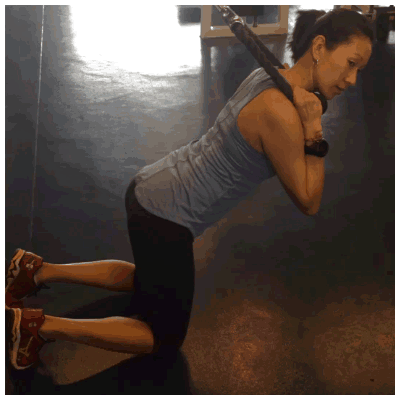
Targeting Tips:
#1 Focus on articulating the movement from a flat back to a rounded back. Bring the elbows to the legs by curling the upper body down to the lower body.
#2 Keep back and abdominal muscles engaged when allowing the resistance to lift your torso. This will help to avoid a swinging motion.
#3 Hips and neck remain neutral and stationary through the exercise.
TRY THIS!
3 sets of 15-20 reps of each exercise. Add weight or resistance to develop more strength and power.
Add to any upper body workout and get the core working. Add to a yoga sequence to discover deeper breathing and a drawing-in effect when coming up to inversions.
We’ve all heard it before “…working muscles that we never thought we had”. The Serratus Anterior are one of those muscles. Focusing and strengthening this secret core muscle will create mind-body awareness and help you harness an untapped resource. HAVE FUN!
